By Crasterfarian
Housesteads Roman Fort, perched high on the Whin Sill, is one of the most iconic sites on Hadrian’s Wall. Its dramatic position, panoramic views, and well-preserved remains draw thousands of visitors. But was it the most logical place to build a Roman fort?
It’s also one of the best-preserved forts on the entire Wall. Its remote location, and the fact it was later inhabited by the Armstrongs, a notorious Border Reiver family, well into the 17th century, helped preserve the remains. The Armstrongs even converted the southern gateway into a bastle house, deterring stone robbers.

Let’s take a closer look at the surrounding landscape, particularly the Knag Burn Valley just to the east.
This area raises some interesting questions
Was there a better place to site the fort? And if so, why was the decision made to build it where they did?
The Knag Burn Valley offers several features that the actual site of Housesteads lacks:
- A reliable water supply
- Flatter terrain
- Shelter from harsh weather
- Better access to the north for cavalry
The Romans were expert engineers, highly skilled in water management, drainage and land modification.
Milecastle 50, part of the original Turf Wall just west of Birdoswald (Banna), was raised on an artificially built platform to lift its foundations clear of a marsh.
So why not here? Why not raise the fort, flatten the area and culvert or divert the Knag Burn under the site? They built a huge ramp to storm the mountain fortress of Masada in Judea, and it’s not like they didn’t have the workforce.
The Knag Burn flows year-round, and the remains of a Roman bathhouse further down the valley confirm that the Romans knew and used this watercourse. Had the fort been placed in the valley, the burn could have been culverted beneath the layout, providing a direct water supply within the walls. This alone would have solved one of the major logistical challenges of the current Housesteads site, which required water to be carried uphill from the burn.
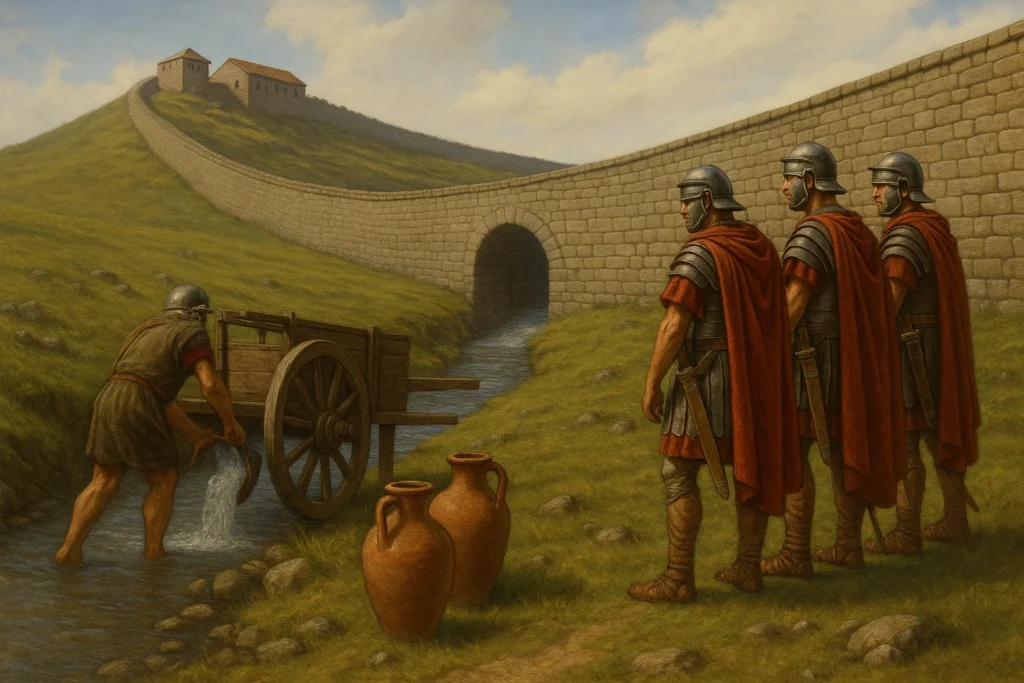
The valley also offers space. A cavalry fort needs larger, more open areas for stabling and manoeuvring. Horses also need a lot of water.
I’m sure the ingenious Roman engineers could have created a system of troughs. The floor of the Knag Burn Valley would have accommodated this easily, unlike the crag-top position of Housesteads, which forced the layout to stretch awkwardly along the Wall.
The north gate at Housesteads is utterly useless for anything other than foot access.
While it’s not unusual for forts to run longitudinally to the Wall, Aesica is another example, it goes against Roman stubbornness to complete everything to a strict plan.
Several milecastles built along the top of the Whin Sill included north gates that were utterly impractical, and most were later bricked up by the Romans themselves.
So why build them like that? Because they were following the plan, possibly under orders and pain of death.
Agriculture is another consideration
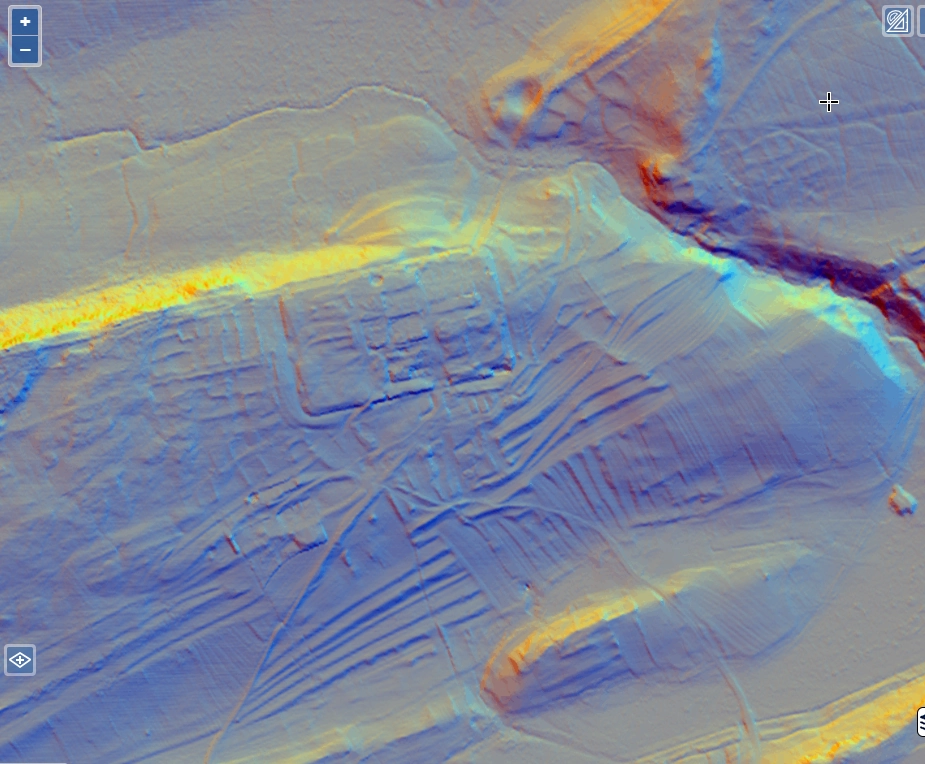
South of the current fort, the Romans cut terraces into the hillside for crops. But the land occupied by the fort itself was some of the best in the immediate area.
The civilian settlement (vicus) lies to the west of the fort and tantalising grid patterns lie under a blanket of Northumbrian soil, visible in the LiDAR imagery.
Had the fort been built in the valley, these southern slopes could have been fully dedicated to farming, especially valuable to a cavalry garrison requiring significant fodder for horses.
There are chive plants still growing along the wall route, brought and seeded by the Romans.
“Right lads, we’re moving the Wall you’ve just built”
There’s also the matter of the Wall itself. Housesteads was built after the Wall was completed, likely around AD 124–128. This meant the Romans demolished an existing turret, 36b, and a newly built stretch of Wall, as the fort’s alignment was slightly different to that of the existing barrier.
You can still see the original line of the Wall and the ghost of the turret’s foundations exposed at the base of the fort. The fort clearly extends beyond the original boundary of Hadrian’s Wall.
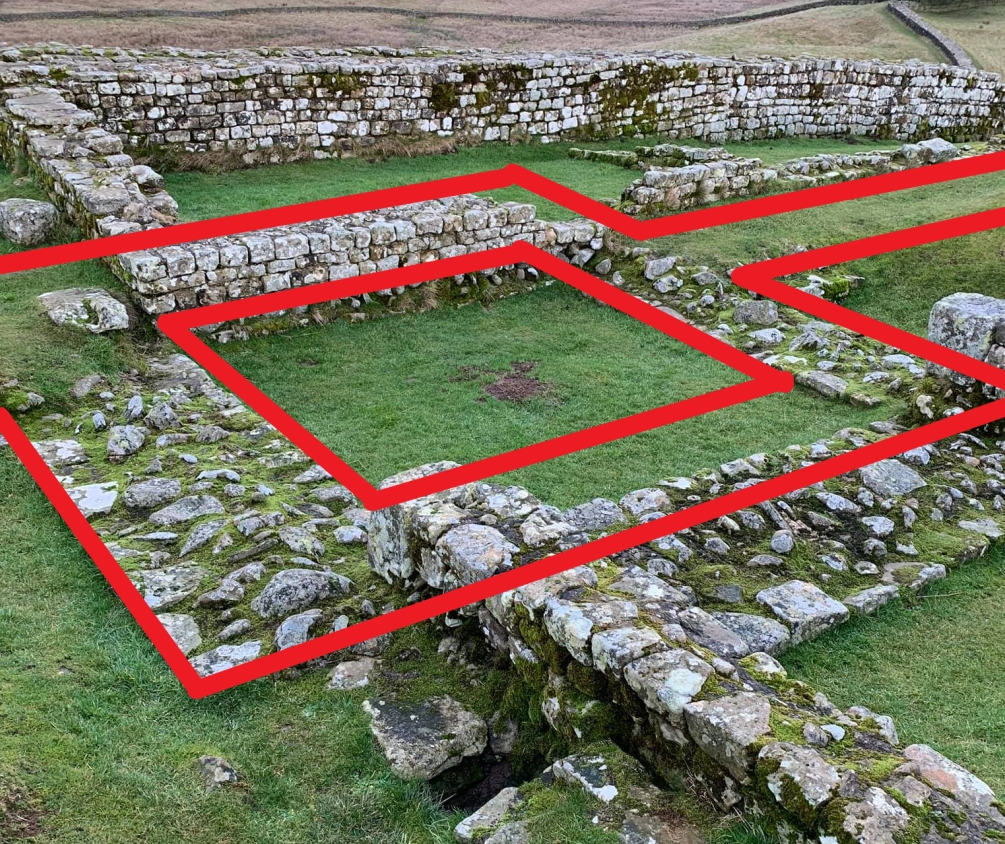
The Knag Burn location, by contrast, could have supported three north-facing gates. Forts like Segedunum, Cilurnum, Vindobala, Condercum and Hunnum all had three gates north of the Wall for rapid cavalry deployment.
Housesteads, perched on an escarpment, could only accommodate one, and even that gate was unusable. Its northern approach is a steep drop, prompting the addition of the Knag Burn gate in the 3rd century during Septimius Severus’s refurbishment of the Wall.
In contrast, the valley offers gentler gradients and better access to the surrounding land in all directions, although it is marshy, but that could have been overcome.
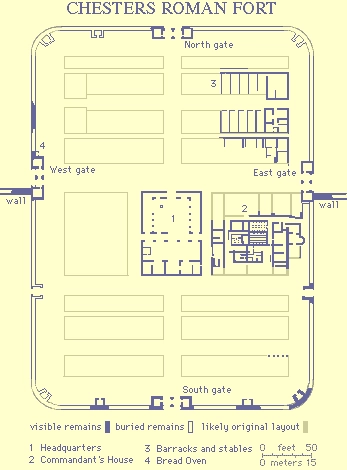
So why did they build it up there?
It may have been symbolic, preferring the high ground for its dominance and visibility. A fort on the crag would have projected power, both to local tribes and to anyone travelling along the route of the Wall.
It could also have been a political or rushed decision, made to suit a timeline or avoid the engineering challenges of diverting the Knag Burn.
The site is also visible from Barcombe Hill signal station, which sits above the Stanegate road near Vindolanda. Perhaps the placement was strategic, ensuring clear signal sightlines to summon reinforcements from the garrison at Vindolanda, should the need arise and vice versa.
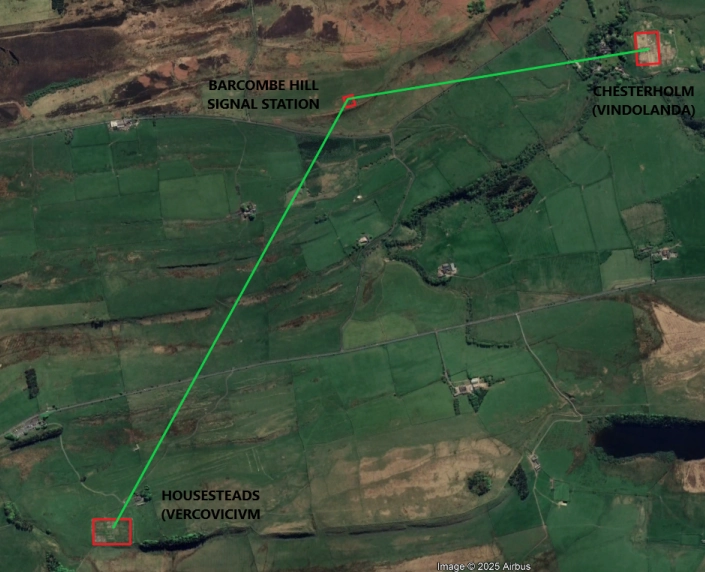
Still, it’s difficult to ignore how much more practical the valley location would have been.
The Romans had the means, the manpower and the knowledge. They had already built a bathhouse further down the Knag Burn Valley. They had experience building on marshy or sloped terrain, as shown elsewhere along the Wall.
Perhaps Housesteads isn’t just a triumph of Roman military presence, but also a testament to compromise, politics, or urgency.
Had they chosen the Knag Burn valley instead, the site might have looked very different — more practical, more flexible, and perhaps even better suited to the needs of a garrison on the edge of empire.
Remember, always keep dreaming, thinking and innovating
In my day job, I’ve had the pleasure of sitting down with some of the brightest, most insightful minds in the country to brainstorm new ideas and innovations. If there’s one thing I’ve learned, it’s this: there’s no such thing as a bad idea.
With love from the Crasterfarian XX

